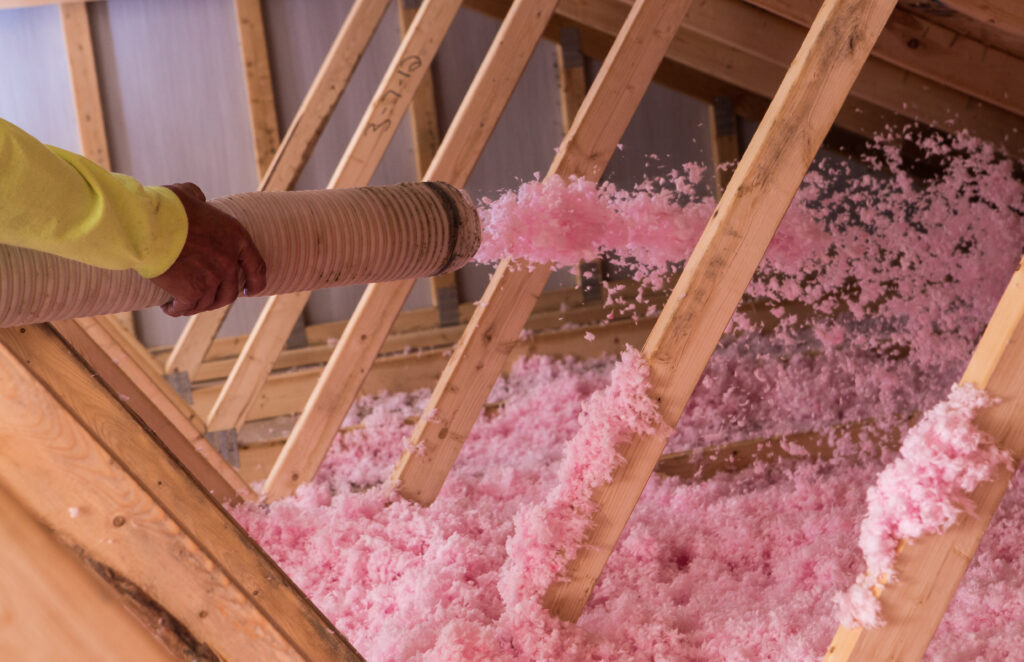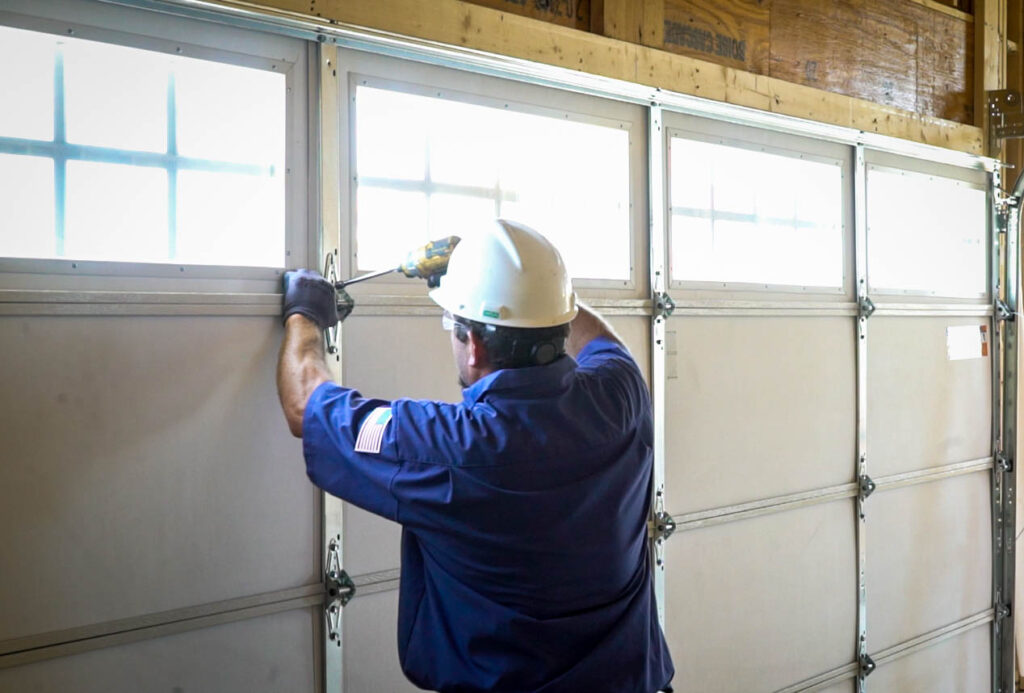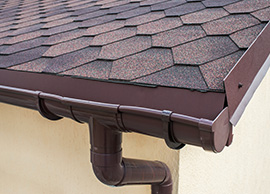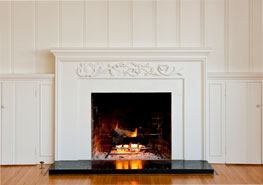In the Florida Panhandle, hurricane season isn’t just a possibility; it’s a reality. From Pensacola to Panama City Beach, homeowners face the threat of high winds, torrential rain, and flooding every year. While most people focus on visible damage like missing shingles or fallen trees, the real trouble often lies beneath the surface, in the systems that keep your home safe, comfortable, and efficient.
At IBP Panhandle, we specialize in installed building products that are essential to your home’s performance. Here’s how hurricanes can impact insulation, garage doors, and fireplaces — and what you can do to protect your investment.
Insulation: The Silent Victim of Storm Damage
While insulation is often out of sight, it plays a critical role in your home’s energy efficiency and indoor air quality. Unfortunately, it’s also one of the most vulnerable components during a hurricane.
Spray Foam Insulation
Closed-cell spray foam is a top choice for hurricane-prone areas like Gulf Breeze and Navarre because of its water resistance and structural rigidity. It can help reinforce walls and roofs, making it a smart investment for storm protection. However, if your home suffers roof or siding damage, water can still find its way in. Over time, even closed-cell foam can degrade if exposed to prolonged moisture or if the structure shifts due to wind pressure. Open-cell spray foam, which is more porous, is even more susceptible to water absorption and may need to be replaced after flooding.
Fiberglass Insulation
Fiberglass is commonly used in attics and walls throughout Milton, Pace, and Cantonment. It’s affordable and effective—until it gets wet. Once saturated, fiberglass loses its insulating properties and becomes a breeding ground for mold and mildew. Even if it appears dry on the surface, moisture can remain trapped inside, leading to long-term air quality issues and energy loss.
Cellulose Insulation
Cellulose is an eco-friendly option made from recycled paper products, but its absorbent nature makes it highly vulnerable during hurricanes. In areas like Pensacola Beach and Warrington, where wind-driven rain and flooding are common, cellulose can quickly become saturated. Once wet, it clumps, settles, and loses its effectiveness. Worse, it can hold moisture against wood framing, accelerating rot and mold growth, requiring immediate replacement.
Post-storm tip: If your home has experienced any water intrusion, schedule a professional insulation inspection. Damage isn’t always visible, but it can have lasting effects.
Garage Doors: A Critical Point of Failure
Your garage door is one of the largest moving parts of your home, and one of the most vulnerable during a hurricane. In high-wind events, a compromised garage door can lead to catastrophic pressure changes inside your home, increasing the risk of roof failure.
Residential Garage Doors
In neighborhoods like East Hill and Bellview, many older homes still have garage doors that aren’t rated for hurricane-force winds. These doors can buckle, blow in, or detach entirely, allowing wind and rain to enter your garage and potentially your living space. Once water gets in, it can damage stored belongings, electrical systems, and even the foundation of your home.
Commercial Garage Doors
For business owners in Downtown Pensacola or Cantonment, a damaged commercial garage door can mean more than just property loss; it can disrupt operations and lead to costly downtime. These doors are often larger and heavier, and if not properly reinforced, they can be torn from their tracks or bent beyond repair.
Post-storm tip: After a hurricane, inspect your garage door for dents, misalignment, or difficulty opening and closing. These are signs that the door may have been compromised and needs professional attention.
Fireplaces: A Hidden Entry Point for Water
Fireplaces may not be top of mind during hurricane season, but they can be a hidden source of water intrusion and structural damage.
Chimney Vulnerabilities
In older homes near the Bayou Texar or along Pretty Bayou, chimney caps and flashing can be dislodged by high winds, allowing rain to enter the flue. Once inside, water can seep into the firebox, rust metal components, and saturate surrounding insulation or framing.
Long-Term Effects
Even a small leak can lead to mold growth, wood rot, and damage to your home’s interior finishes. If your fireplace smells musty or shows signs of rust or staining after a storm, it’s time for an inspection.
Post-storm tip: Check your chimney cap and flashing for damage. If you notice water stains on the ceiling near your fireplace, don’t wait; get it checked out.
Storm Protection: Your First Line of Defense
While no product is completely hurricane-proof, there are proactive steps you can take to minimize damage. IBP Panhandle offers storm protection solutions designed to help safeguard your home’s most vulnerable areas.
We can install hurricane shutters or panels, which help protect your windows and home. Investing in storm protection now can save you thousands in repairs later—and give you peace of mind when the next storm rolls in.
Get Storm-Ready with IBP Panhandle
Hurricane damage isn’t always as obvious as structural damage, but it can have lasting effects on your home’s comfort, safety, and value. Whether you’re recovering from a recent storm or preparing for the next one, IBP Panhandle is here to help.
We’re located in Pensacola and Panama City, and proudly serve homeowners and builders across the region, from Crestview to Panama City Beach.





